FEATURE
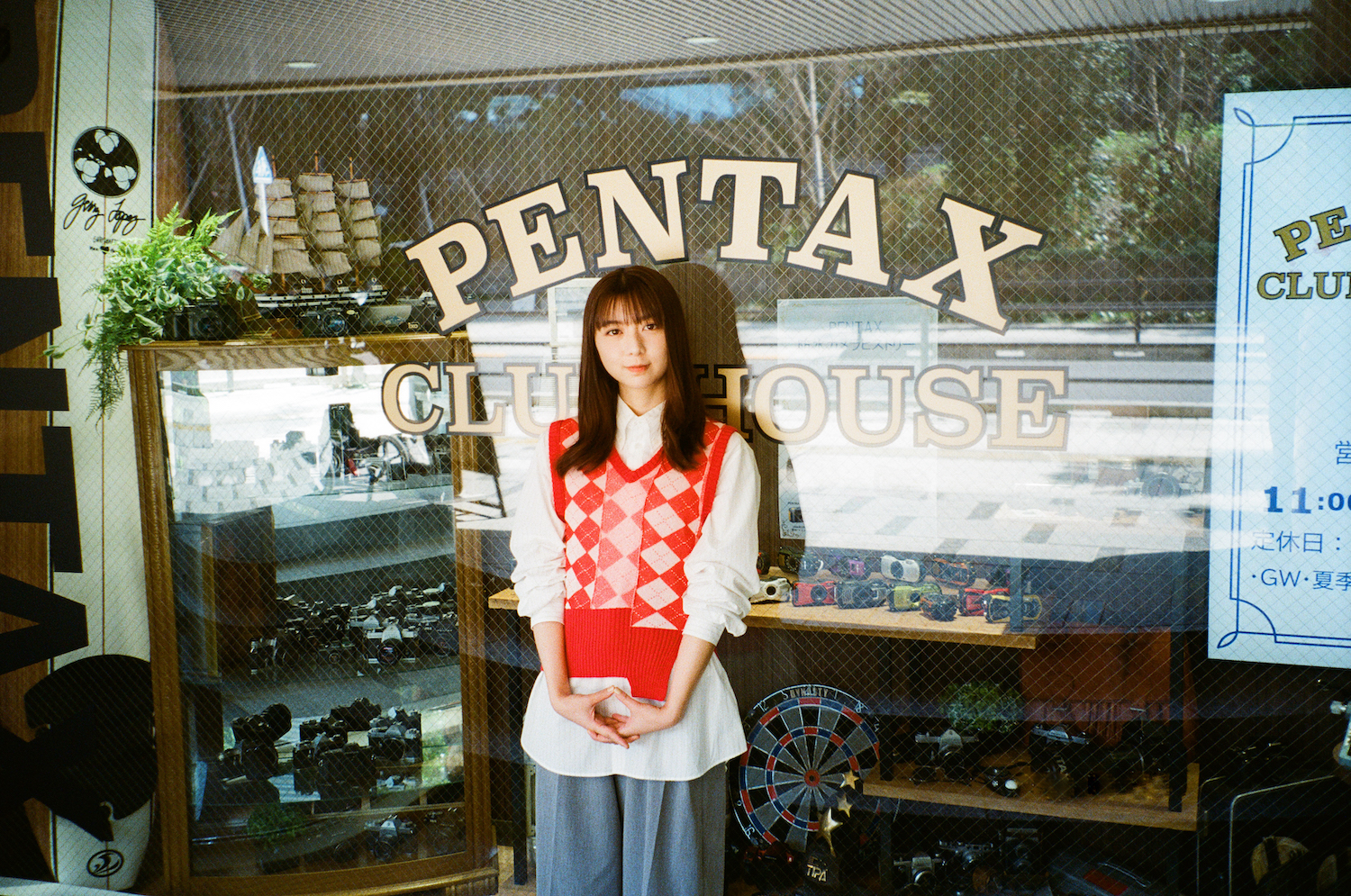
Short series PENTAX Film Project Club House Diary vol. 3 Guest: Moka Kamishiraishi
MAY. 19 2023, 12:04PM
Photography and text / Akane Domae Styling / Ami Michibata Hair & Makeup / Reika Sakamoto (Allure)
Tabei: What made you start using film cameras?
Kamishiraishi: My father loves photography and has been taking pictures of us with his digital camera ever since I was little, and one day I came across film negatives from when he photographed me and my sister when I was about 2 and she was about 4 years old. When I saw the developed photos, I was extremely moved by them. It felt like, “Oh, so this is where time was sleeping.” What’s great about film is that you can sense the passage of time and many other things because you can’t see the images on the spot. That is when I started to become interested in film. The first film camera I used was the one my great-grandfather actually used in his day. When I borrowed it and started shooting, it was really fun, and I discovered various ways to capture different kinds of images. That was when I was in high school.
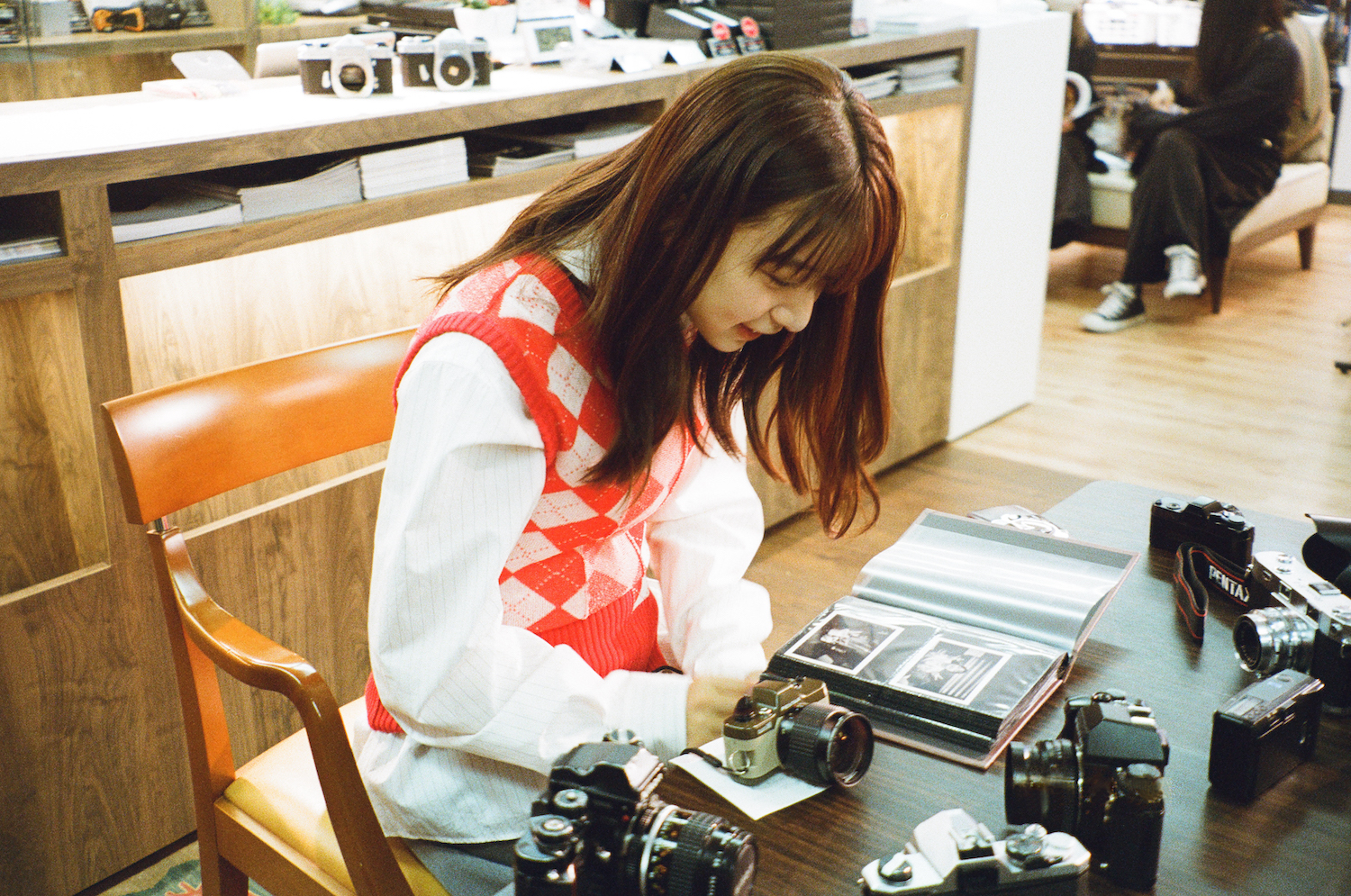
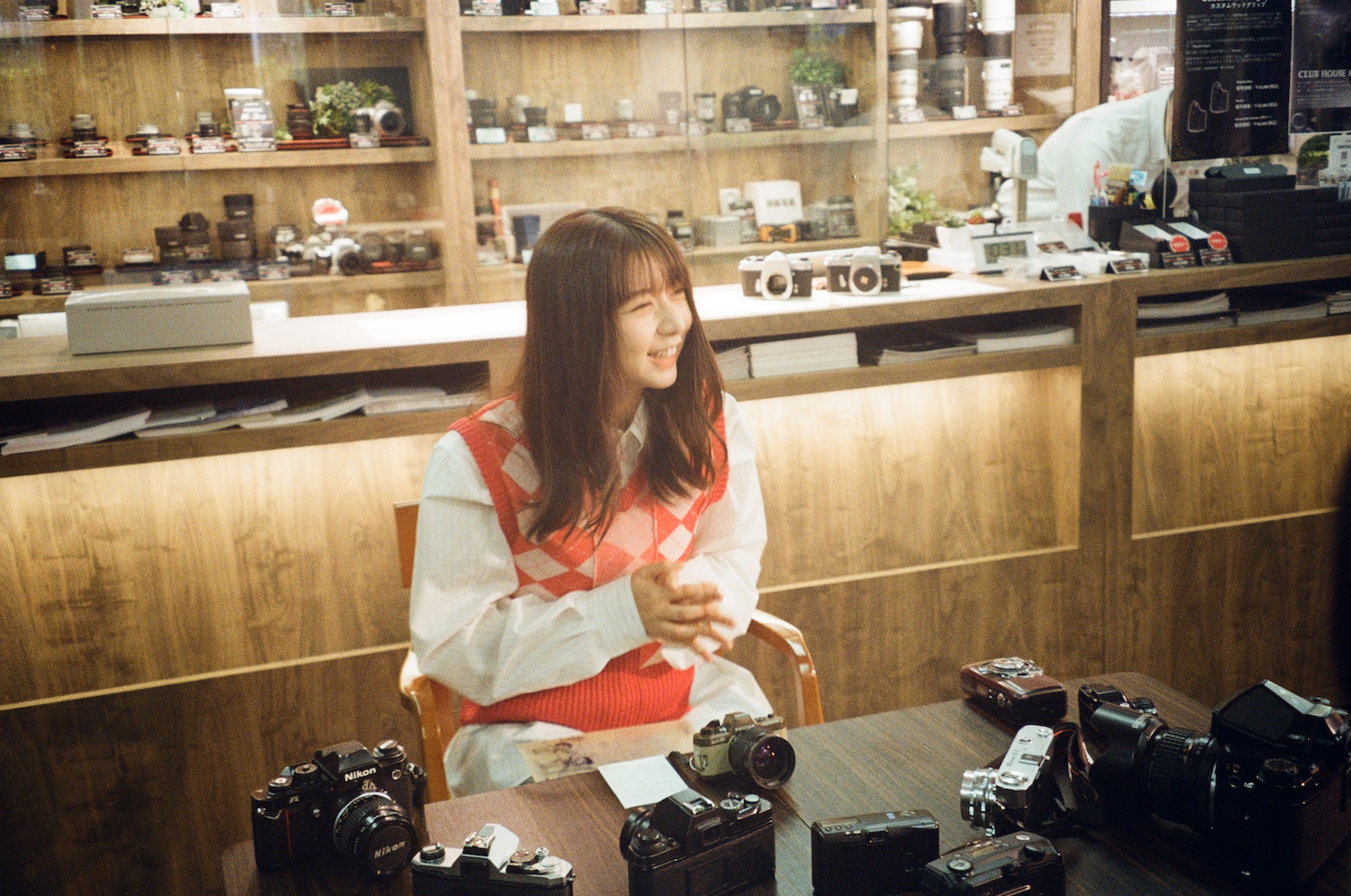
BARFOUT!: How did you learn to use it?
Kamishiraishi: I had a friend in high school who liked film, so I asked her about it, and there were other people around me who knew a lot about cameras. As for actresses, when I worked with Yuina Kuroshima when I was still in high school about five years before we started working together in a morning TV drama, she was using a single-lens reflex (SLR) film camera and was extremely knowledgeable about it. She taught me things like, “You can go here for this,” and she let me take photos with her camera, so my knowledge about film cameras naturally grew. However, with a compact camera you just have to push the shutter, but that is not the case with an SLR camera, so I’ve been doing my own research online and watching videos from YouTubers who know a lot about it, but I’m not quite sure how to use it and am still learning. I would like to learn more about photography, however, because changing the lens gives a totally different depth to the photo.
BARFOUT!: Is an SLR camera really that different?
Kamishiraishi: Yes. I feel like an SLR camera has a more immersive feel to it. When you look through the lens, you can only see the world that you and the camera lens see, so you end up concentrating on it. People say that I look more concentrated when I’m looking into the camera than when I’m acting (laughs). They get worried that I’ve forgotten how to breathe (laughs). I also enjoy the feeling of taking each film shot with that distinct shutter sound, and the feeling of not knowing what it will look like until the film is developed. Also, when I was still new to cameras, I met a photographer who was shooting with film at one of my work sites. When I asked him why he was shooting on film, and he told me that he had experienced the Tohoku earthquake, and that digital photography was not timeless. He told me that film is only data, and as long as it is stored in the right place, it will be fine, but film is an object, and as long as the negative does not die, it will remain forever. After all, it is lovely to have the feeling of touching something and being able to leave that object behind.
Suzuki: Oh, I’m so glad you came today.
Iikawa: Yeah, I’m really happy about it too.
Kamishiraishi: I usually don’t have many places to talk about my love of film, so I’m glad I’m here as well.
BARFOUT!: Nowadays, the cost of film has skyrocketed and there are some inconveniences, but is there anything that you wish could be done better?
Kamishiraishi: Yeah, film is really expensive, isn’t it? Right now, you’d be lucky to find film for less than 2,000 yen a piece. That’s why I’m even more cautious when taking each shot. I think that’s one of the good things about it. But I also think it is getting harder and harder to enjoy film photography in a more casual way.
Suzuki: For this project, we are talking about developing a film camera, but we are not only making the camera itself, but also supplying and developing the film, because we believe that only when these three elements are combined can we create an environment where people can use film cameras with peace of mind, so we are working to find a way to make that part of the project work as well. We thought it would be great if we could unite film manufacturers and film developers around us by disseminating a variety of information and get everyone excited about the project.
Kamishiraishi: That sounds wonderful.
BARFOUT!: What kind of camera do you want now? Whether it’s performance or appearance.
Iikawa: Yeah, I’m really curious about that too because we’re currently developing the camera while listening to everyone’s opinions.
Kamishiraishi: I actually wrote down a lot of things at home (she says as she pulls a notebook from her bag). I would like to have a compact camera that is similar to an SLR camera. I think it’d be fun to have a camera like that.
Suzuki: See, there it is!
Tabei: Let’s hear everything you’ve written down (laughs).
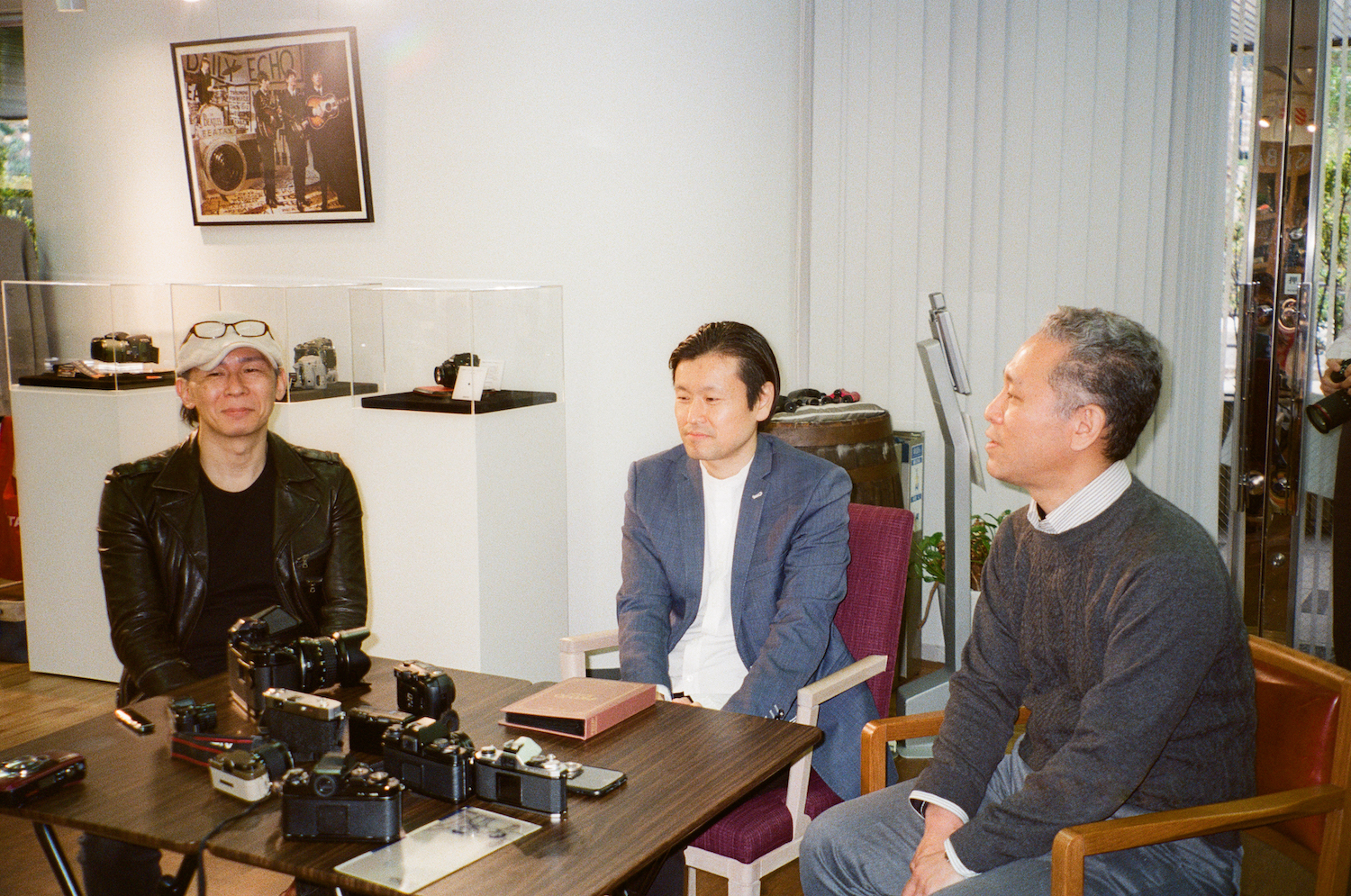
Kamishiraishi: I haven’t written anything important, but I like the sound of the click of an SLR camera, and I would be happy if I could hear such a sound with a compact camera, and it would be great if I could reproduce the depth of an SLR camera with a compact camera. I also think it would be great if the lens could be interchangeable despite it being a compact camera, and if it could capture macro images as well.
Iikawa: Macro, that’s really great, isn’t it?
Kamishiraishi: I like the way an SLR camera takes pictures, but when I travel or go for a walk, I always take a compact camera because it doesn’t take up too much space in my luggage. So, if I could take SLR images with a compact camera, it would be truly revolutionary.
Suzuki: Revolutionary! When it comes to compact cameras, however, there are many different types. There are automatic winding cameras and manual winding cameras. There are small cameras and cameras that are similar to more similar to SLR cameras. So, we are currently in the process of trying to figure out what kind of camera we should make, and we would like to refer to your feedback on this matter.
BARFOUT!: Do you have an idea of what it looks like?
Kamishiraishi: Something that feels good to the touch. This (OLYMPUS film camera) I brought today has a leather case, and it’s really cool. Also, you can get quite close to the subject when shooting.
Iikawa: The way the cover opens is also cute.
Kamishiraishi: Yeah, isn’t it nice?
Suzuki: It also lets you zoom. You wonder where all these functions can fit inside the camera.
Kamishiraishi: Cameras that make you feel good when you have them on your person are really great. As for the design, I still prefer classic designs.
Iikawa: (Laughs) Mr. Suzuki is really happy right now.
Suzuki: I’m listening with such great excitement right now.
Kamishiraishi: Cameras with primary colors like blue and yellow were popular during the Heisei era, but considering that you use them for a long time, I might prefer the classic designs that I never get tired of. I also like manual winding cameras. But it would be nice to be able to choose between manual and automatic. Back when I wasn’t used to winding my camera, there were a few times when I thought I was going to take a picture and then I realized it wasn’t wound.
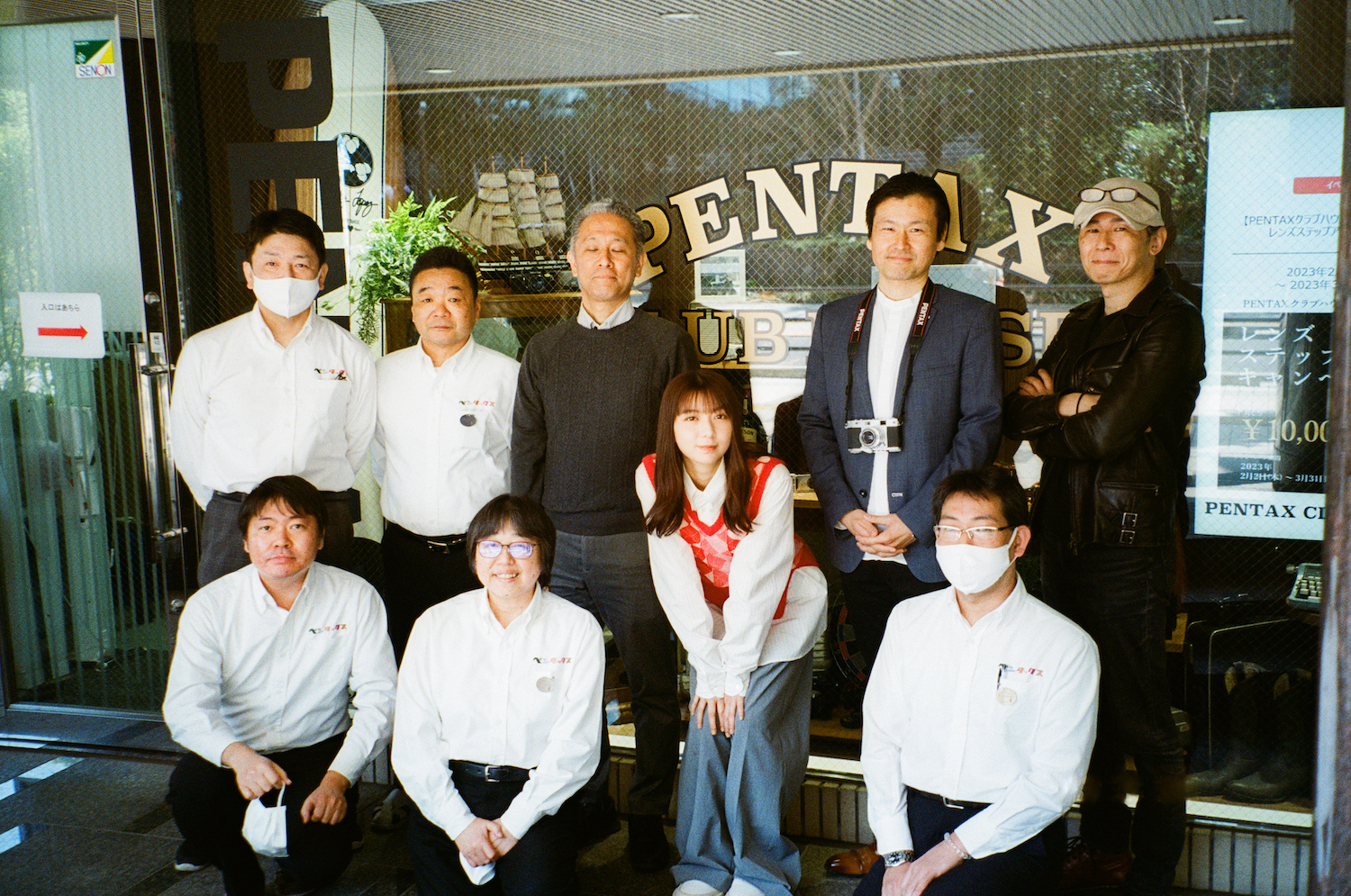
BARFOUT!: Lastly, we would appreciate any words of encouragement you could give regarding this project.
Kamishiraishi: The reason I love film cameras is that I feel that time is asleep and the feelings of the photographer are captured as they are in the film. I think that the initiative to make use of old knowledge and to update it is something that is uniquely Japanese, and I will definitely be purchasing this camera. It was really great to be able to hear all these different things today, and I’m really glad that I like photography. I think the whole world is looking forward to it, and I know that it may be a lot of work, but I hope that you will do your best!
PHOTOGRAHS BY MOKA KAMISHIRAISHI
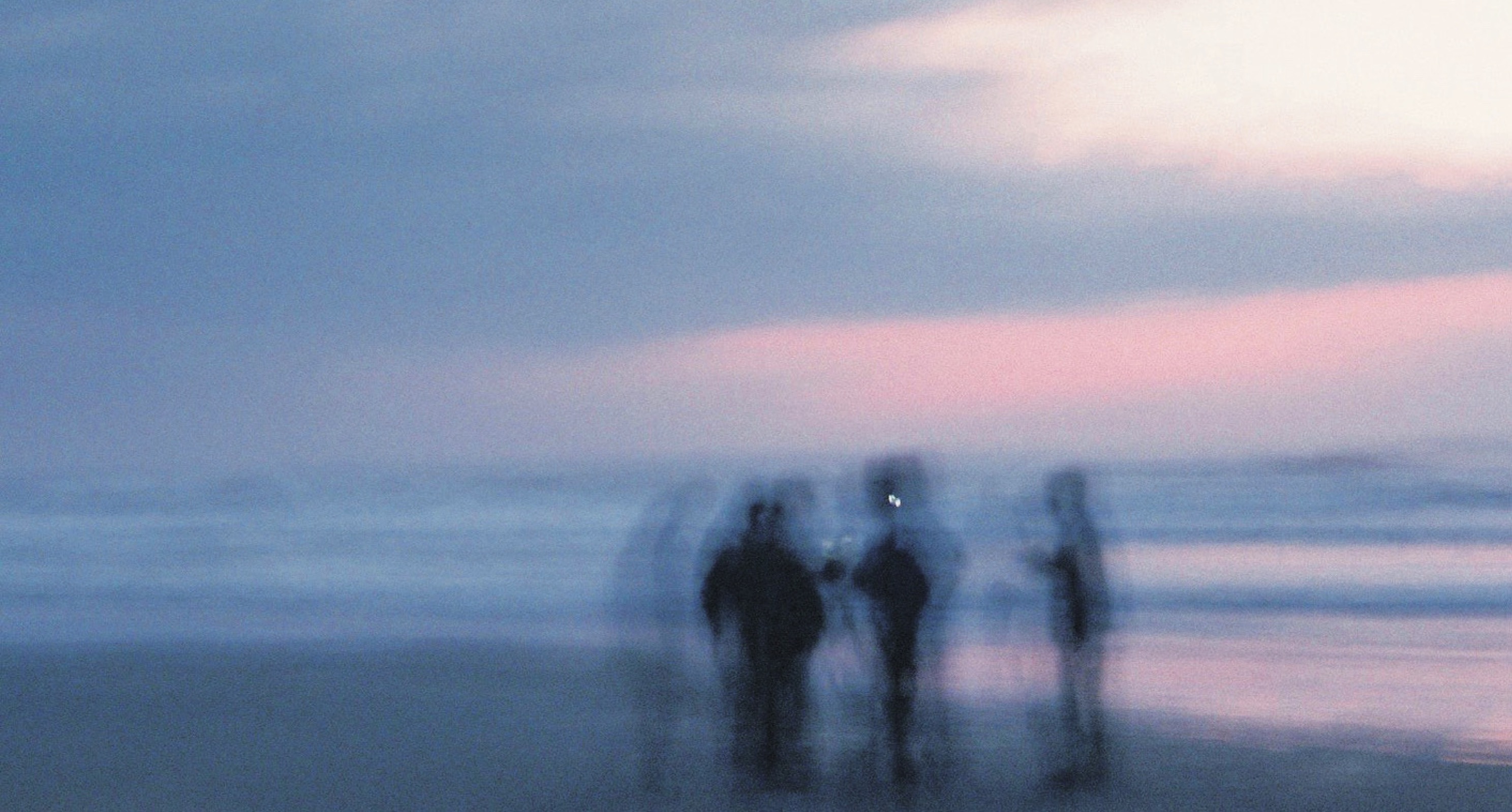
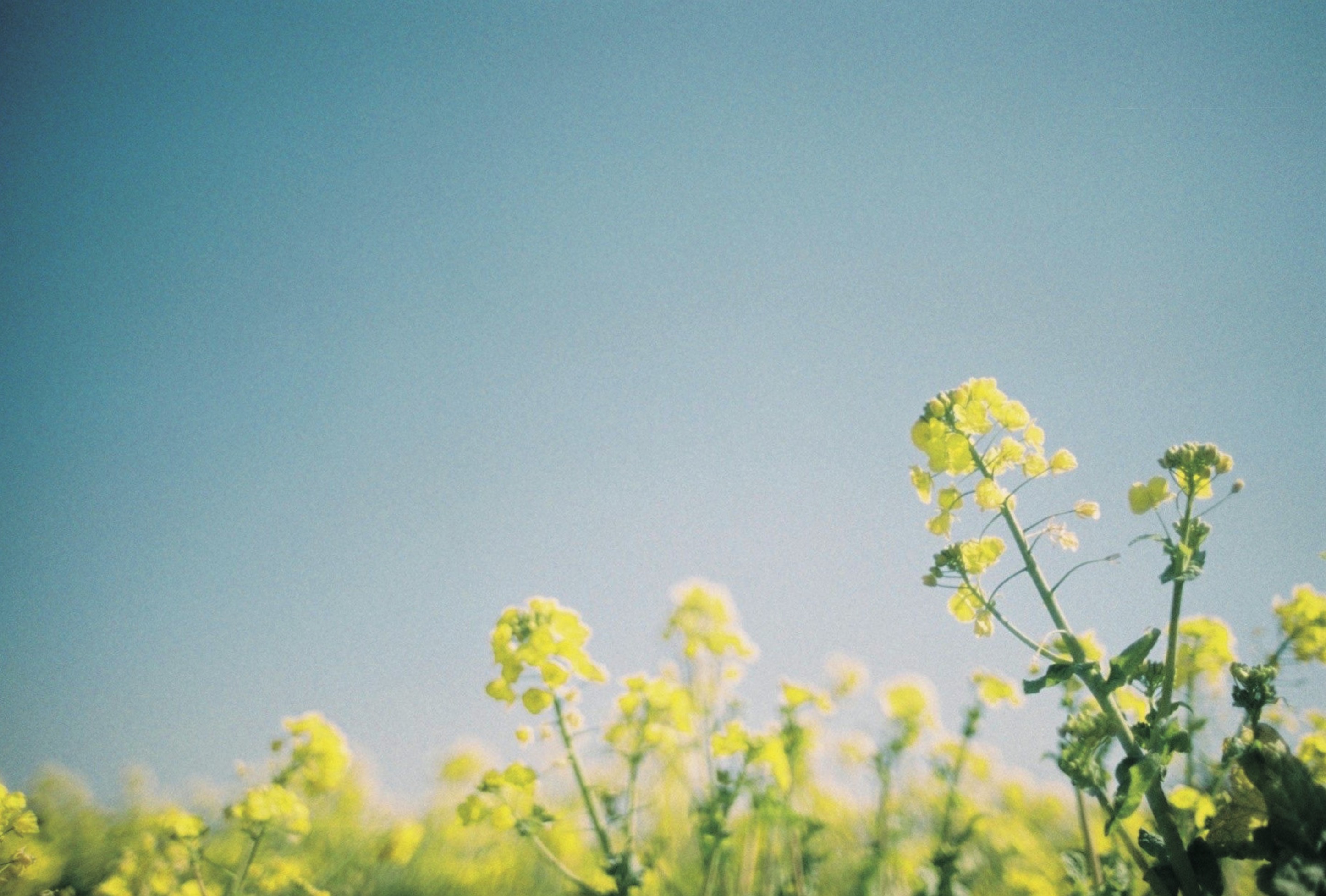
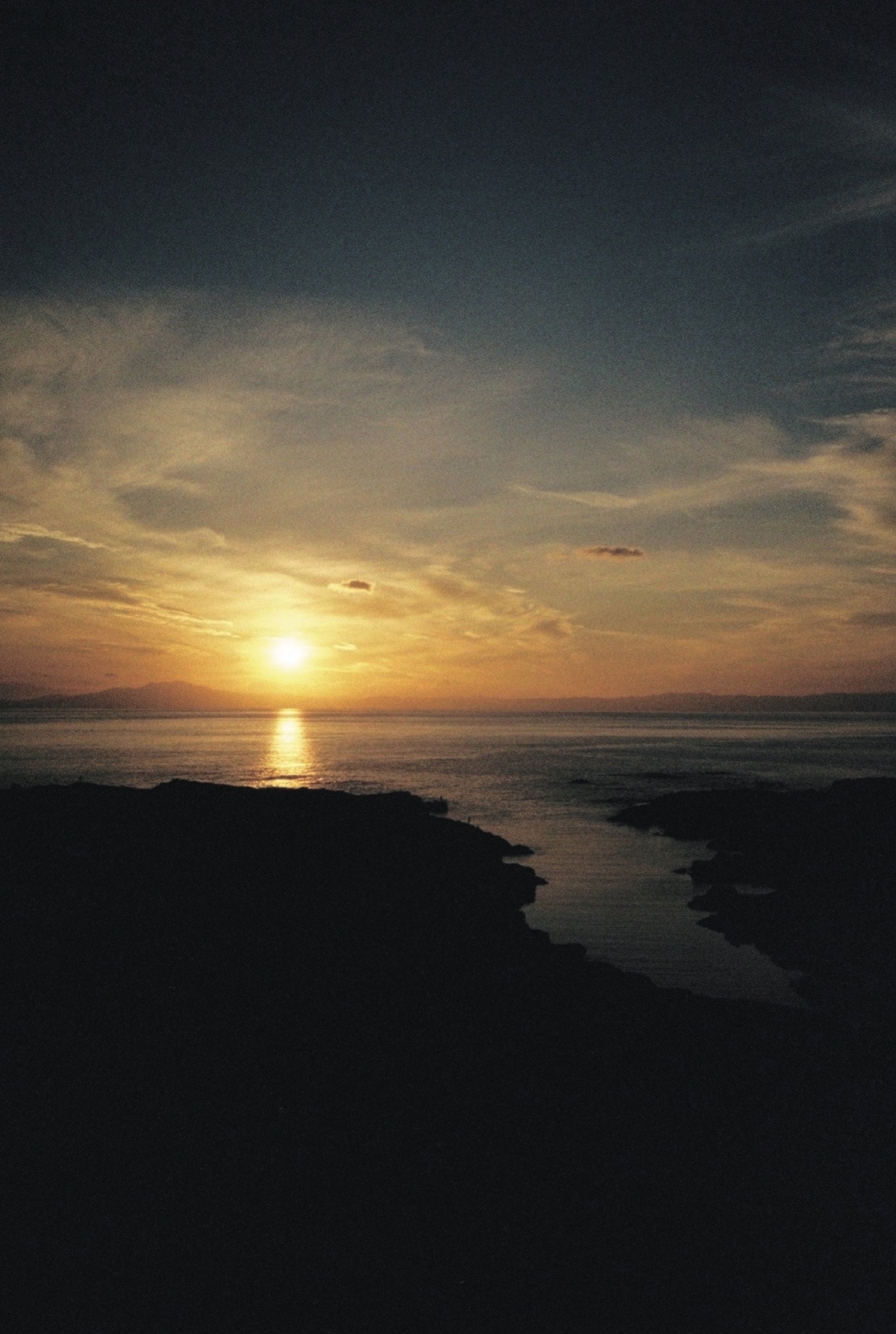
When we asked her what kind of photos she normally takes and she replied that she wanted to show us a photo taken by her father, she showed us a picture of her and her mother when she was still a baby. “This is my favorite picture in the world. I felt it was filled with my father’s feelings toward my mother and me, and I was deeply moved when I saw it for the first time,” she added.
(1)(2)(3) “When I go to a rural area for work, I sometimes take my camera with me. I guess I usually take pictures of the sky and clouds. I sometimes take pictures of the local people, but it is quite a big deal to suddenly turn the camera on them, isn’t it? I sometimes bring my camera to the shooting locations, but I can’t take photos of people without a relationship of trust, so I gradually get to know them well, and when I think, “This could work,” I casually bring it out and ask to take photos of them. I feel like pointing a camera at people is an act that involves a lot of responsibility.”
INFORMATION ON PENTAX
Film Project / PENTAX | RICOH IMAGING
【WEB SITE】
ricoh-imaging.co.jp
【Instagram】
@pentax.jp
【twitter】
@ricohimaging_jp
INFORMATION ON MOKA KAMISHIRAISHI
She is currently starring in the TV drama series “Pending Train: 8:23, Asu Kimi to,” which airs every Friday night from 10:00 PM on TBS. She is also the MC of the show “The Covers” (BS Premium).
【WEB SITE】
www.toho-ent.co.jp/actor/1054
【Instagram】
@moka____k
【twitter】
@moka_____k




